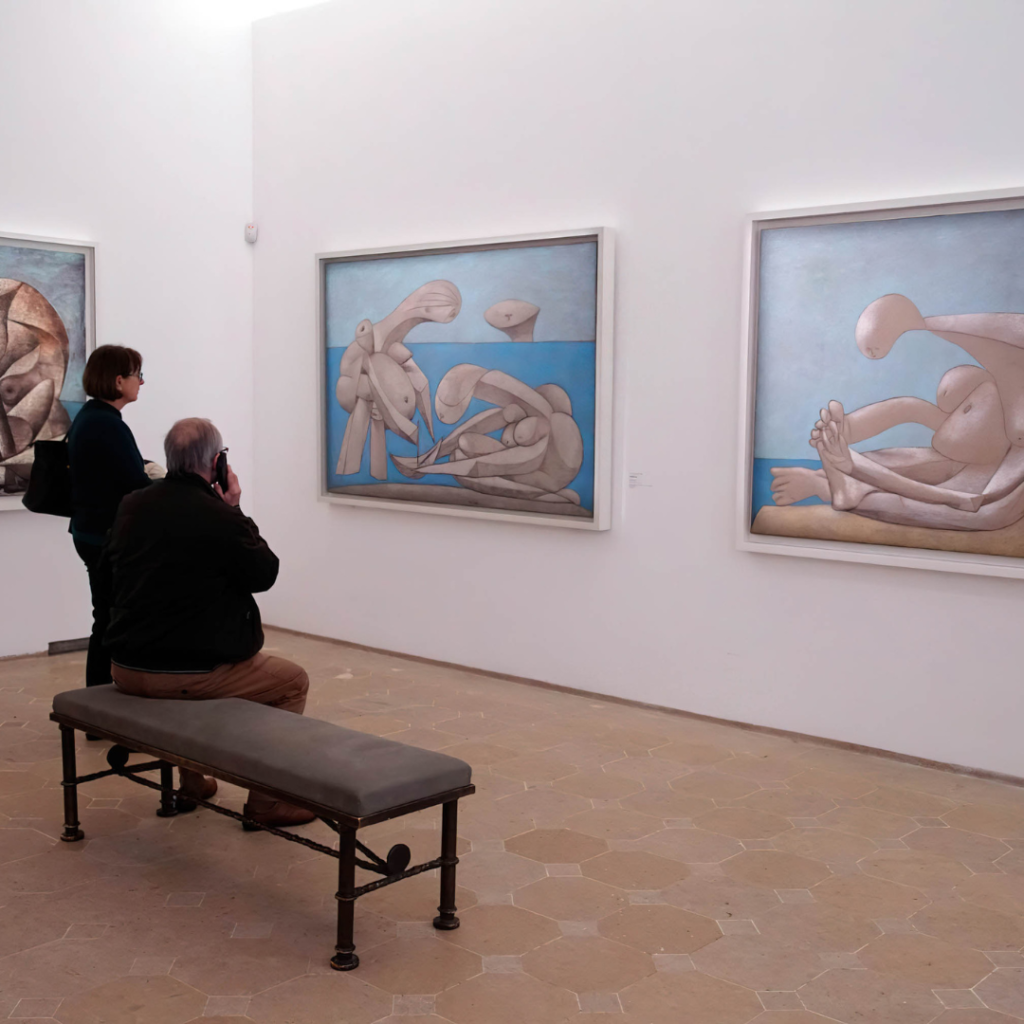
The Mysteries Of Pablo Picasso’s Art: A Dive Into His Work
Is it possible to unlock the mysteries of Pablo Picasso’s art? It is a timeless question that has been asked for generations.
In this blog post, we will take a deep dive into the works of the Spanish master and attempt to unravel the complex layers of his artwork.
From cubism to surrealism, let’s explore how Picasso continues to captivate audiences with his unique style, even centuries after his death.
Introduction to Pablo Picasso’s Artwork
Pablo Picasso is one of the most celebrated artists of the 20th century. His work is characterized by its boldness, creativity, and originality. Picasso was a highly prolific artist, who produced thousands of paintings, sculptures, and prints during his long career.
While Picasso is best known for his Cubist paintings, he also worked in a wide variety of other styles, including Surrealism and Expressionism. Picasso’s art is often seen as a reflection of his own turbulent life; full of drama, passion, and contradictions.
In this section, we will take a closer look at some of Pablo Picasso’s most famous paintings, and try to unlock the mysteries behind their creation.
His Early Years and Influences
Pablo Ruiz Picasso was born on October 25th, 1881, in the city of Malaga in Andalusia, Spain. His father, José Ruiz Blasco, was a professor of art at the School of Fine Arts in Malaga and Picasso showed a great talent for drawing from an early age.
On one occasion, his father found some of his sketches and remarked that Picasso could have drawn them better himself. This comment is said to have been instrumental in the development of Picasso’s famously rebellious character.
From 1897 to 1899, Picasso studied at the Barcelona Academy of Fine Arts where he was first exposed to the work of French artists such as Edgar Degas and Henri Toulouse-Lautrec who would prove to be major influences on his later work. In 1900, he made his first trip to Paris where he met other Spanish artists such as Santiago Rusinol and Manuel Abril who were also living there at the time.
It was during this period that Picasso began to experiment with different styles and techniques, which would eventually lead to him being hailed as one of the most innovative and influential artists of the 20th century.
Picasso’s Blue Period
Pablo Picasso is one of the most celebrated artists of the 20th century. His work spans a wide range of styles, from his early Cubist experiments to his later more representational paintings. However, perhaps his most famous and iconic style is his so-called Blue Period.
Picasso’s Blue Period began in 1901 and lasted until 1904. During this time, Picasso’s palette was almost exclusively blue and blue-green, with occasional dashes of other colors.
The subjects of his paintings during this period were often poor people and beggars, as well as circus performers and bullfighters (a subject matter he would return to later in his career).
While the exact reason for Picasso’s use of blue during this period is unknown, it has been suggested that the color may have been inspired by a trip to Barcelona’s ancient cemetery, La Cementerio de la Santa Cruz, which is full of mourning figures clad in shades of blue. Whatever the reason, there is no denying that Picasso’s Blue Period was a pivotal moment in his career, resulting in some of his most beautiful and moving paintings.
Analyzing a Few of His Masterpieces
Pablo Picasso is considered one of the most influential artists of the 20th century. His work spanned many different styles and genres, making him a truly unique artist. In this section, we will take a closer look at some of his most famous works, and try to unlock the mysteries behind them.
The first piece we will analyze is “Les Demoiselles d’Avignon”. This painting was created in 1907 and is considered one of the most important works of the Cubist movement. The painting depicts five nude women, who are believed to be prostitutes, in a brothel in Avignon.
The women are shown with distorted facial features, which was a new style that Picasso was experimenting with at the time. Many believe that this painting was inspired by African masks, which Picasso had seen during a trip to Paris.
The next piece we will look at is “Guernica”. This painting was created in 1937 and is one of Picasso’s most political works.
It depicts the bombing of Guernica during the Spanish Civil War. The painting is filled with images of death and destruction and has become an icon of anti-war sentiment.
The Reception of Picasso’s Artwork
Picasso’s artwork was met with mixed reviews when he first started showing his work to the public. Some people were immediately impressed by his unique style and saw the potential in his work, while others were put off by the chaotic nature of his paintings.
It wasn’t until Picasso began to experiment with different mediums and techniques that people really started to take notice of his talent.
In the early years of his career, Picasso’s artwork was often compared to that of his contemporaries. While some critics praised him for his originality, others felt that he was merely imitating other artists.
It wasn’t until Picasso developed his own unique style that people began to see him as a true master of the art.
Throughout his career, Picasso always strived to push the boundaries of art. He is credited with inventing Cubism, and he continued to experiment with new styles and techniques throughout his life.
His willingness to challenge convention made him one of the most influential artists of the 20th century.
Why Picasso Is Still Relevant Today
Pablo Picasso is one of the most influential artists of the 20th century. His unique Cubist style changed the course of modern art, and his work continues to be relevant today. Here are four reasons why:
1. Picasso was a master of reinvention.
Throughout his long career, Picasso constantly reinvented himself, experimenting with new styles and mediums. This willingness to experiment and push boundaries is something that we can all learn from today.
2. Picasso was unafraid to take risks.
In addition to constantly experimenting with his art, Picasso also took other risks throughout his life. He moved to Paris at a time when it was considered dangerous for Spaniards, and he later joined the French Communist Party despite the risk of being blacklisted by the United States government. These risks paid off in the end, as they allowed Picasso to grow as an artist and expand his horizons.
3. Picasso’s work is timeless.
One of the reasons why Picasso’s work is still relevant today is that it is timeless. His paintings continue to be popular 100 years after they were created, which is a testament to their enduring appeal.
We hope that this 700-word dive into the work of Pablo Picasso has helped you gain a deeper understanding of his art. From his blue period to cubism and surrealism, there is no denying the influence he had on 20th-century art.
While there may never be definitive answers as to why Picasso created certain pieces, it’s clear that he was one of the most influential artists in history and an extraordinary visionary in both technique and concept.


